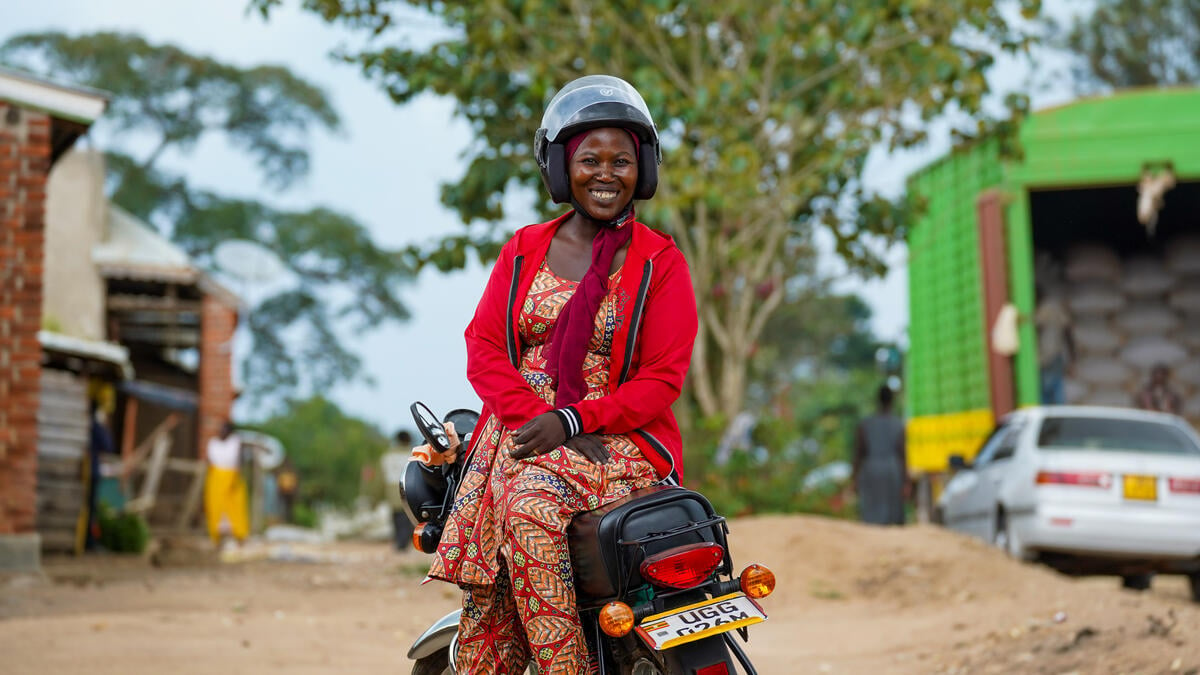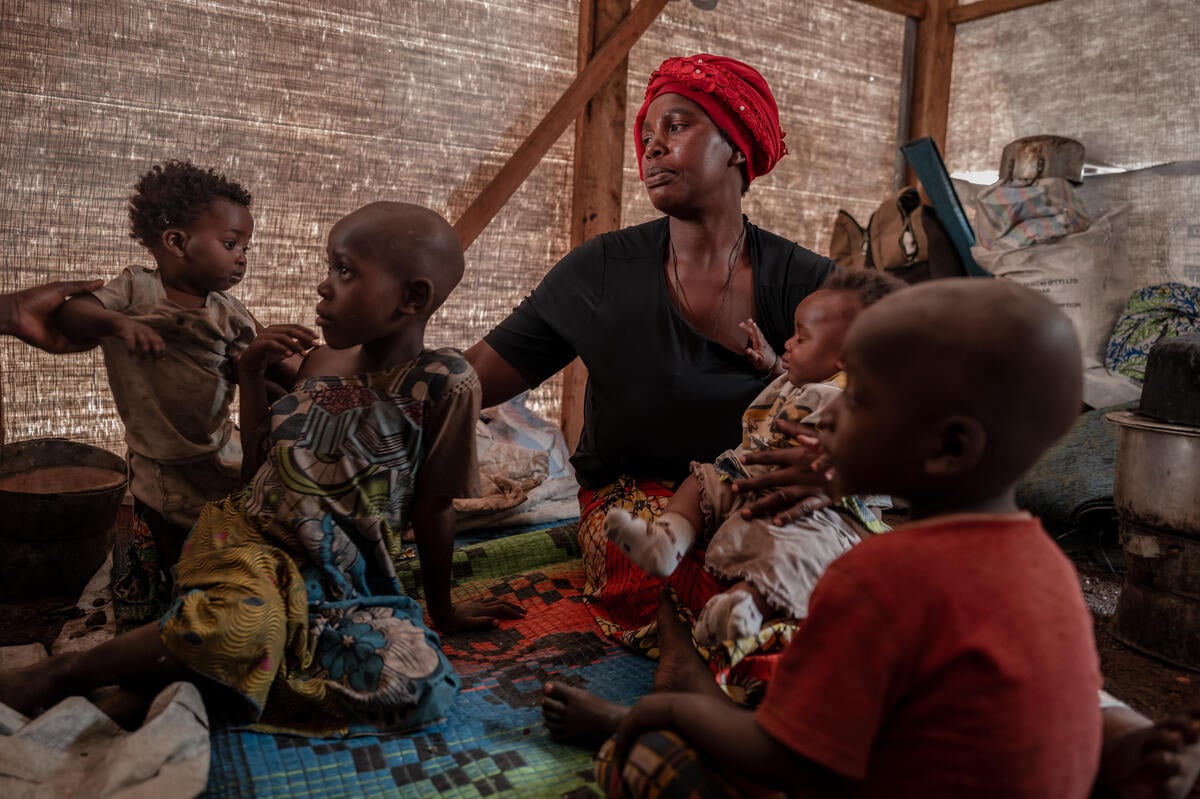DRC: Kibati transfers begin; thousands crossing to Uganda
DRC: Kibati transfers begin; thousands crossing to Uganda
We are starting this morning the first voluntary transfers of displaced Congolese civilians from the Kibati camps on the northern outskirts of Goma, the capital of volatile North Kivu province in the east of the Democratic Republic of the Congo (DRC).
UNHCR vehicles will transport the first group of people with special needs such as those with physical disabilities, chronic illnesses, pregnant women and the elderly - and their belongings - to Mugunga I camp - one of the four existing sites for internally displaced people. Mugunga I is just west of Goma, near another three sites hosting IDPs (Mugunga II, Buhimba and Bulengo).
Today's voluntary relocation is the first in a series of planned movements that will run through the weekend. By the beginning of next week we plan to have moved some 1,000 people.
All of the transfers will be accompanied by an ambulance with a medical team. Our staff, together with local officials and partners will receive the arriving IDP families at Mugunga I, where shelter, assistance and other basic services will be provided. They will be joining another 25,000 displaced persons, who have been there since 2006. The site has running services already in place such as drinking water, latrines, a health centre and a distribution point for food and relief items.
Before the transfers started, IDPs were informed about the voluntary relocation and the risks of staying at Kibati. Tens of thousands of displaced Congolese civilians sheltering in the Kibati camps are in a precarious situation as the warring parties remain in close proximity.
Construction works are continuing at Mugunga III, the new site proposed for the voluntary relocation of the IDPs who will make the journey from Kibati camps to Mugunga III on foot. We and our partners are working on construction of a health centre on the site as well as on establishing a kindergarten and a centre for adolescents. Also some 180 latrines will be ready by the end of this week. The 15 communal shelters are being levelled with layers of sand to ensure the surface is flat and smooth.
The UN peacekeeping mission in the Congo (MONUC) continues to work on the access route into Mugunga III and levelling of areas for installing distribution points and pathways.
Meanwhile, thousands of Congolese refugees have fled to Uganda on Wednesday and Thursday, escaping fresh fighting and brutal attacks on their villages in North Kivu by armed assailants.
Our staff at the south-west Ugandan border town of Ishasha reported that since Tuesday afternoon an estimated 13,000 Congolese refugees had crossed the border from the Rutshuru area of North Kivu province in the DRC. On Thursday alone, 10,000 people crossed into Uganda.
The new arrivals bring the number of Congolese civilians who have fled into Uganda since August to some 27,000. They all escaped violence in the Rutshuru area.
Our emergency response team in Ishasha has been trying to arrange the transportation of the refugees to Nakivale settlement, located some 350 kilometres to the east. A convoy of nine buses and one truck left for Nakivale on Thursday morning carrying around 1,000 people. We hope to transport several thousand more today.
Most of the new arrivals at Ishasha have asked the Ugandan district authorities and UNHCR to relocate them to Nakivale. Some refugees who have entered Uganda further to the south have opted to stay with local host families because their villages are close by, unlike the arrivals in Ishasha.
The new arrivals told the UNHCR team members that they were fleeing fresh fighting around the town of Rutshuru, which is located some 70 kilometres north of Goma. The refugees came from Rutshuru town and the villages of Kafeguru, Kiseguru, Kiwanga and Kinyandonge. Many refugees said they had witnessed appalling atrocities when their villages were attacked.
With the latest influx, Uganda hosts more than 150,000 refugees, including over 50,000 from the DRC. Other refugees come from countries such as Ethiopia, Eritrea, Kenya, Rwanda, Somalia and the Sudan.
Fighting in North Kivu intensified at the end of 2006. By January 2008, it had brought the total number of IDPs in the region to more than 800,000. Since the fighting resumed in August, some 250,000 civilians have fled, many of them already displaced.








